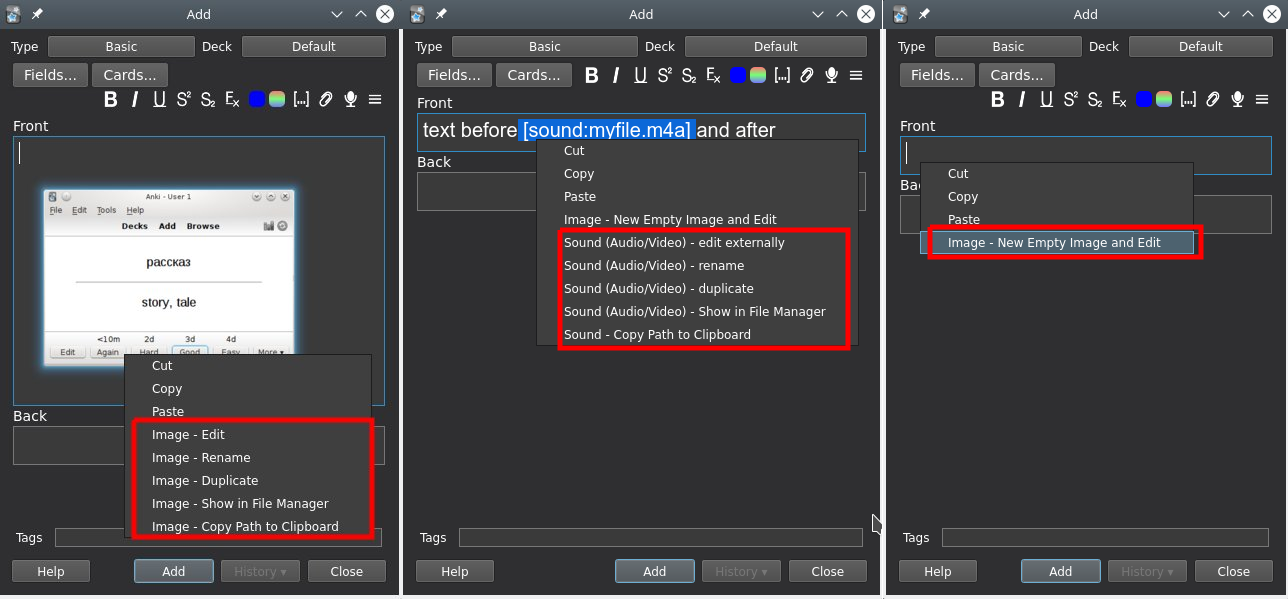

When I said that a sub wasn't necessary, this is only the case if you fit rather large 2-way units on the rear parcel shelf. And you're right about subwoofers improving the sound in most systems, in fact I even have a small subwoofer for my dinky little mini-system at home. I guess its really up to the individual and what they really want from their system. Most users that have subwoofers fitted are more interested in impressing their friends rather than listening to music.

the ones that don't care about impressing others with wattage) really prefer realism over bass power. If you take a look at top end HiFi systems, you won't find ANY that include a subwoofer, as most HiFi buffs (i.e. Yes, it can be good to actually *feel* bass notes running down your spine as you drive along, but a good set of quality speakers (8" cones or greater) can provide plenty of bass without the potential of serious injury. Also, I've heard some truly superb systems that don't use subs at all, and are aimed at HiFi buffs.
BASIC SOUND DECK VS FULL SOUND DECK WINDOWS
You really can burst your eardrums quite easily (especially if the windows are up), as the sound will not seem as loud as it really is. I don't know if you are fully aware of how *dangerous* it can be to turn up the volume of a subwoofer in a confined space such as a car. This may be what you found in the manual. Most new Alpine receivers have a bass management feature that works with Alpine amplifiers having the same feature.

You should talk to a local car audio shop to see what options you have. The cheapest solution for you might be to put a coil on each sub to filter the high freqencies off (low-pass). In the passive crossover realm you have two basic components: 1) capacitors - these are high-pass filters and 2) Coils - these are low-pass filters. Active crossovers are 1) More expensive, 2) Provide better sound quality, and 3) Usually provide more tweaking ability as compared with passive crossovers. Most crossovers offer both low-pass and high-pass features. Active crossovers are installed before the amplifier while passive crossovers are installed after the amplifier. There are two kinds of crossovers: active and passive. The "something you add" to your system is called a crossover. Do you have an external amp? If so, what make and model is it? Do you plan to purchase an additional amp to power your sub woofer? There are several ways that you could hook a sub or subs to your system.


 0 kommentar(er)
0 kommentar(er)
